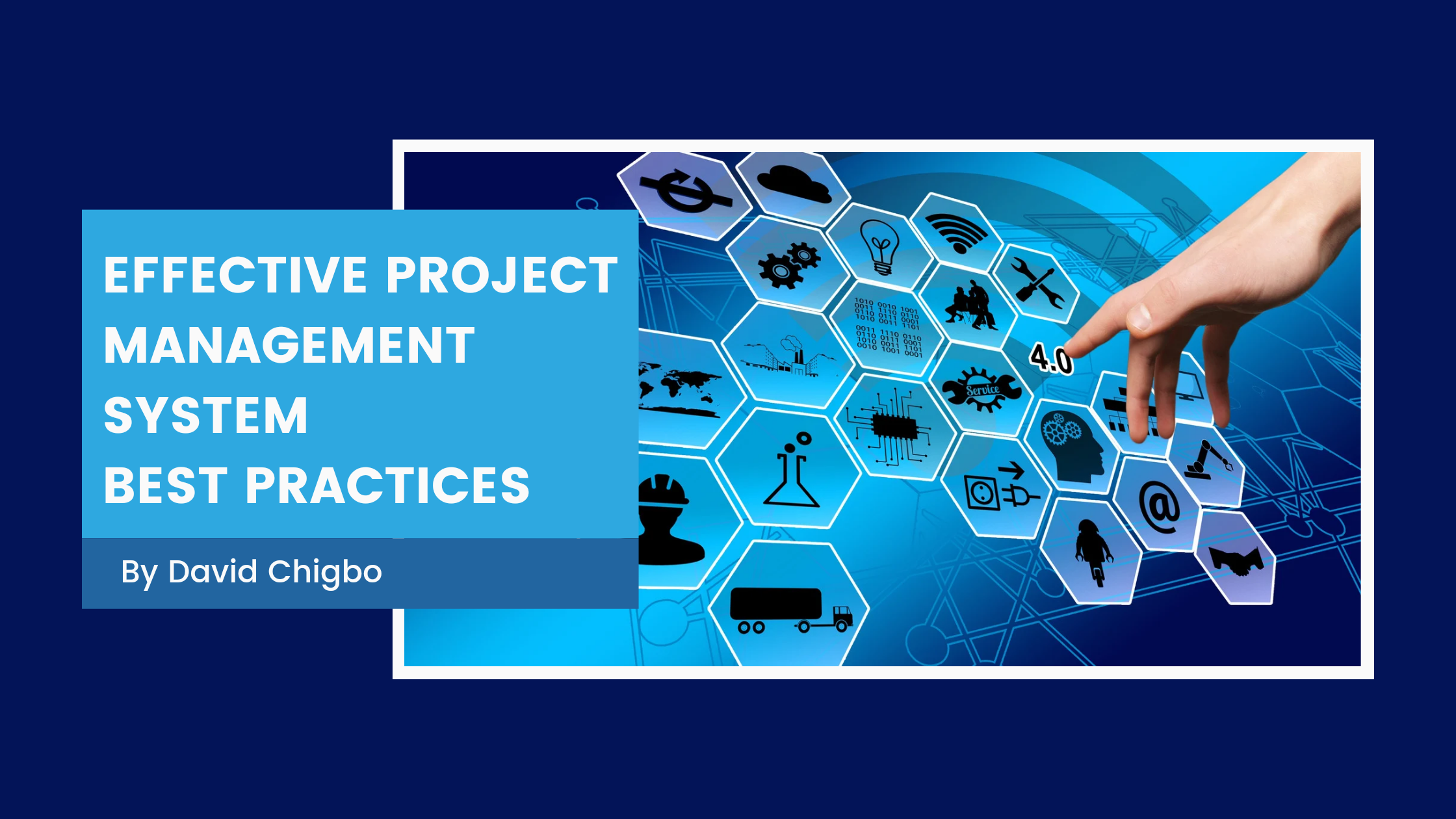EFFECTIVE PROJECT MANAGEMENT SYSTEM BEST PRACTICES
In today’s fast-paced business environment, the success of any project depends on how effectively it is managed. A project management system is the set of processes and tools used to plan, execute, monitor, and control projects to ensure they are completed within scope, time, and budget constraints while meeting the desired quality standards. In this article, we will explore the key elements of an effective project management system and best practices to help you achieve project success.
Defining “Effective”, “Project”, “Management” And “System”
Before we dive into the key elements of an effective project management system, let’s define what we mean by “effective,” “project," "management," and "system."
- Effective refers to producing the desired result, achieving the intended goals or objectives, and meeting the required quality standards.
- A project is a temporary endeavor designed to achieve a specific objective, with a defined start and end date, and a set of deliverables.
- Management is the process of planning, organising, coordinating, and controlling resources to achieve the objectives of the project or organisation.
- A system is a set of interrelated components that work together to achieve a common goal.
Key Elements of an Effective Project Management System
- CLEARLY DEFINE PROJECT SCOPE, GOALS, AND OBJECTIVES
One of the most critical elements of an effective project management system is clearly defining the project's scope, goals, and objectives. This involves identifying what needs to be done, how much time and resources are required, and who will be responsible for each task. It helps to develop a shared understanding of the project's purpose, vision, and expectations among all stakeholders, including the project team, sponsors, and customers.
2. DEVELOP A PROJECT PLAN
Once the project scope, goals, and objectives have been defined, the next step is to develop a project plan. A project plan includes a timeline, milestones, deliverables, and resource allocation. It helps to keep track of progress, identify potential risks, and adjust the project plan accordingly. A well-designed project plan is essential for effective project management.
3. BUILD A PROJECT TEAM
The success of any project depends on the quality of the project team. The project team should include individuals with the necessary skills and expertise to complete the project. Assign specific roles and responsibilities to each team member. A well-coordinated project team can achieve remarkable results.
4. COMMUNICATE EFFECTIVELY
Effective communication is critical to keeping the project on track. Establish communication channels, update stakeholders regularly, and encourage feedback. Clear and open communication can prevent misunderstandings and foster collaboration among all stakeholders.
5. MONITOR PROGRESS
Regularly monitoring the project's progress against the plan is essential to ensure that the project is on track. Identify potential problems and adjust the project plan accordingly. Establish a performance measurement system and project S-curve showing the trend of project progress over time to track progress and identify any deviations from the plan.
In our next article, I will establish more facts and the importance of project progress monitoring and control systems, analysis, and best practices which is one of the most critical phases in project management’s entire life circle.
Figure: 5.1 - The S-Curve Graph
6. CONTROL PROJECT CHANGES
Changes to the project scope or plan must be managed carefully to avoid scope creep or schedule delays. Establish a change control process, communicate changes to all stakeholders, and obtain their approval before implementing changes. A well-managed change control process can help prevent project failure.
7. MANAGE PROJECT RISKS
Identifying potential risks to the project and developing strategies to mitigate them is essential to effective project management. Keep track of risk management activities and adjust the project plan as necessary. A well-managed risk management process can help minimize project risks and increase the chances of success.
8. CLOSE OUT THE PROJECT
When the project is complete, close it out by documenting lessons learned, releasing resources, and performing a final project review. The project team should review the project's performance, identify best practices, and share lessons learned with other stakeholders. A well-documented project closure process can help improve future project management.
By implementing these elements, you can create an effective project management system that ensures your projects are completed successfully.
David Chigbo Profile
David Chigbo is a seasoned professional and consultant with 5+ years of experience in Project Planning and Controls for Oil & Gas, Power Generation, Gas Turbines, and Construction.
Feel free to connect with David Chigbo
Contacts:





Comments